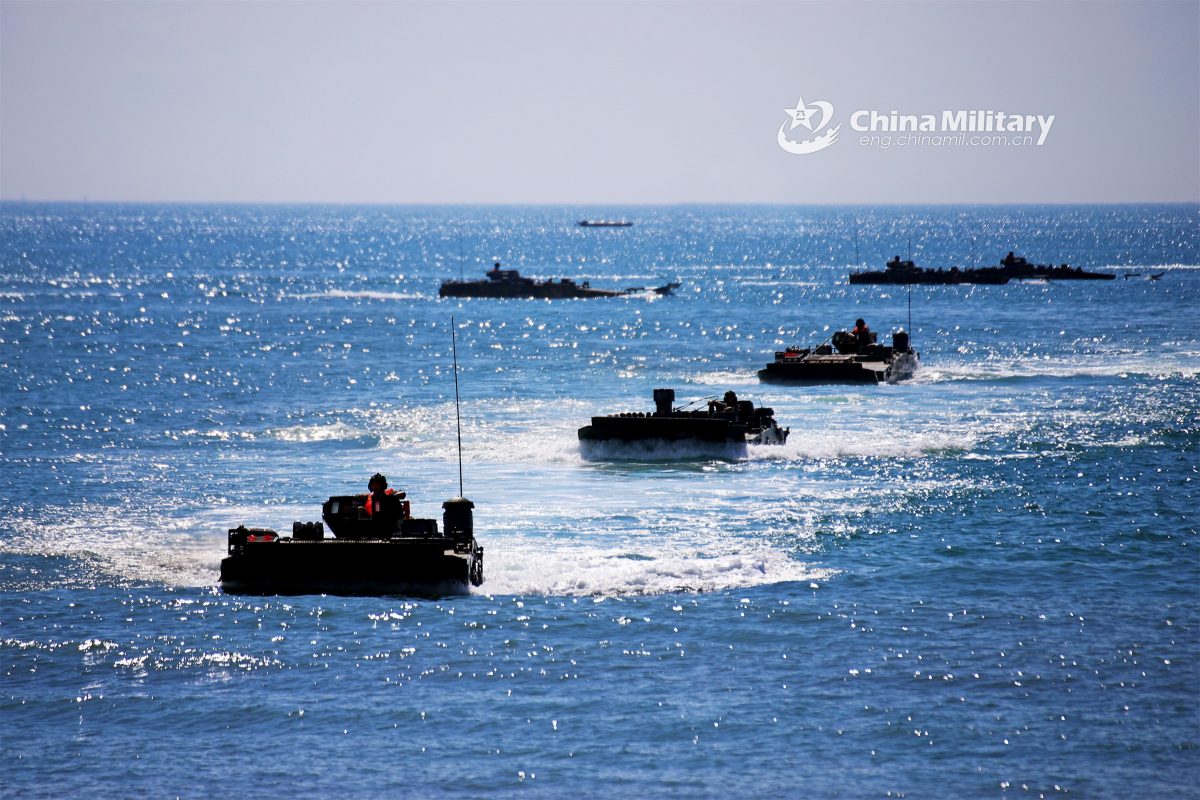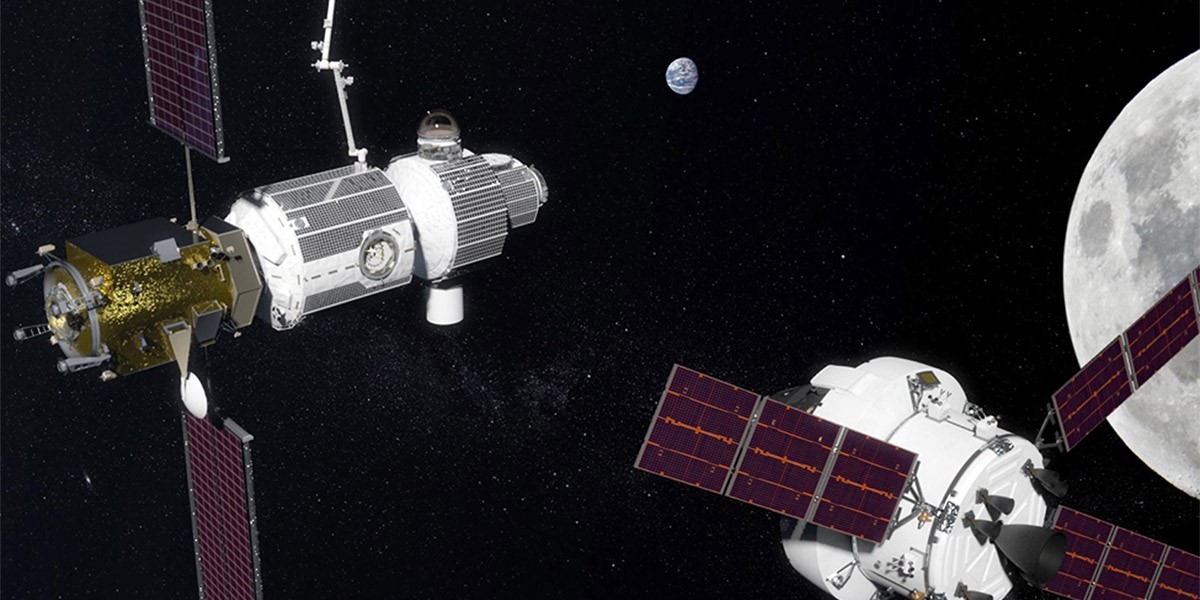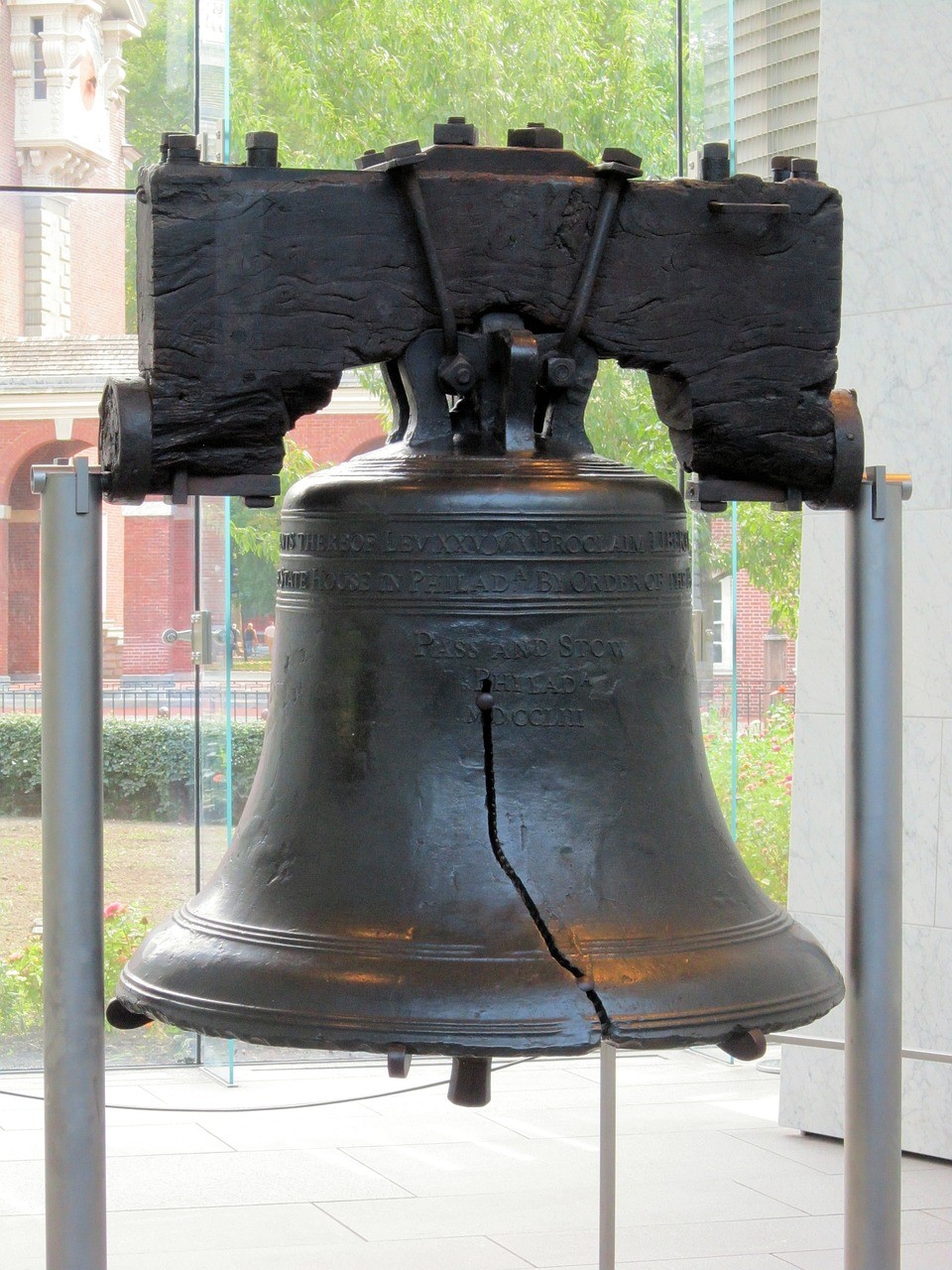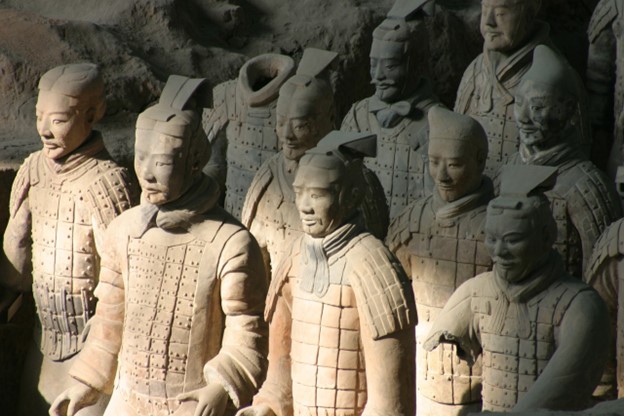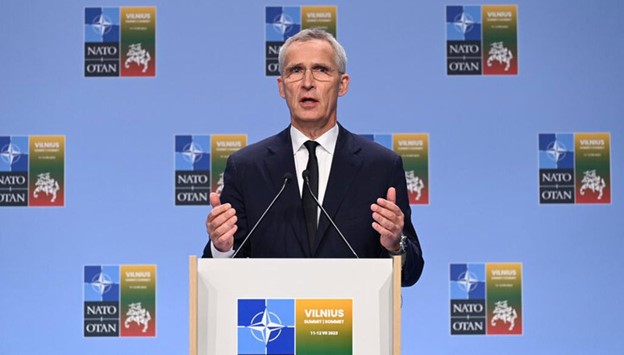he kidnapping and imprisonment of children for sexual exploitation is an extremely unpleasant topic. It is easy to look away from something so heinous and to pretend that it’s not happening. But reality has a way of intruding on our self-imposed refusal to see the truth.
“(T)he sex trafficking of minors is the recruitment, harboring, transportation, provision, obtaining, patronizing, or solicitation of a person under the age of 18 for the purposes of a commercial sex act, defined as any sex act for which anything of value is given to or received by any person. In simple terms, it is the exchanging of something of value for sex with a child/minor,” according to The National Child Traumatic Stress Network. “Sex trafficking occurs among all socioeconomic classes, races, ethnicities, and gender identities in urban, suburban, rural communities, and on land-based nations and other tribal communities across the U.S.”
In 2021, the National Center for Missing and Exploited Children (NCMEC) states that they “received more than 17,200 reports of child sex trafficking from all 50 US States, Washington, DC and Puerto Rico which included every type of community: cities, small towns and tribal land.” Further, according to Save the Children, “(c)hild trafficking affects every country in the world…(c)hildren make up 27% of all human trafficking victims worldwide, and two out of every three identified child victims are girls.”
In fact, according to The Refuge, ” Child sex trafficking is the fastest-growing crime in the world,” and that”(i)It was estimated in 2014 that sex traffickers raked in about $99 billion a year in profits…4.5 million are trapped in the commercial sex trade. An estimated 900,000 to 1.2 million of those victims of commercial sexual exploitation are children.”
You would think that such a huge problem would command the attention of the Biden Administration. However, according to the Washington Examiner, “(t)he Department of Justice quietly removed significant portions of its page on child sex trafficking, including information on ‘International Sex Trafficking of Minors,’ ‘Domestic Sex Trafficking of Minors,’ and ‘Child Victims of Prostitution’… Another section scrubbed by the department after May 12 is one on domestic trafficking, which said, ‘Pimps and traffickers sexually exploit children through street prostitution, and in adult night clubs, illegal brothels, sex parties, motel rooms, hotel rooms, and other locations throughout the United States.'”
As described by Senator Marco Rubio, “(t)he Biden Administration first created, and then consistently failed to address the unprecedented migratory crisis occurring at the U.S. southern border. As a result, hundreds of thousands of migrant children have been trafficked across the border and are being exploited, both before and after arrival… millions of migrants have entered the country illegally. Worse, hundreds of thousands of migrant children have come to the United States alone, often smuggled by coyotes and within reach of danger.”
On January 25, 2022, the Secretary of Homeland Security, Alejandro Mayorkas, made this statement on the issue; “Human trafficking is an abhorrent crime that impacts an estimated 25 million people, here in the United States and abroad… National Human Trafficking Prevention Month is a time to reaffirm the Department’s commitment to seeing those victims, hearing their stories, and preventing the horrific acts of human trafficking before they occur. We will bring the full weight of the Department of Homeland Security – our resources and our dedicated personnel – to identify and protect victims and to investigate and arrest perpetrators…(t)he scourge of human trafficking must be met with concerted action. This month and every month, our Department will strive to shine a light on these heinous acts, protect the dignity of survivors, and bring perpetrators of human trafficking to justice.”
Strong words. Yet, in March of this year, “Republican U.S. Sen. Ted Cruz and…Mayorkas exchanged heated barbs during (a) Senate Judiciary hearing over border issues…(a)t the hearing, Mayorkas was grilled by Republicans…over border issues including the increasing number of migrants crossing, fentanyl deaths and sex trafficking. Cruz…was particularly fiery in his line of questioning – blaming the secretary directly for crimes against children. ‘The children raped, they are at your feet,’ Cruz told Mayorkas. ‘And if you had integrity, you would resign…(y)ou’re willing to let children be raped to follow political orders.”
With this background in mind, the recent release of the movie Sound of Freedom can be viewed in context. “Sound of Freedom is a new thriller movie telling the true story of Tim Ballard (Jim Caviezel), a federal agent who launched Operation Underground Railroad (OUR), a nonprofit organization focused on rescuing children from sex trafficking rings…(e)ven though the film only just hit cinemas last week, development on the script started all the way back in 2015. It was shot three years later, during which time a distribution deal was made with the 20th Century Fox movie studio. But when the Disney-Fox merger went ahead and the House of Mouse took over the rights, the media giant shelved the project.”
The movie’s producer, Eduardo Verastegui, told the Washington Examiner that “despite the film being finished in 2018, no one wanted to distribute it for years. The outlet stated that Netflix and Amazon passed…this all changed in fall 2022, when Verastegui met with the CEO of Angel Studios…when the company showed Sound of Freedom to its investors, they were excited about the project – in March this year, Angel Studios agreed to distribute the film.”
The result was unpredictable – at least, to Disney, Netflix and Amazon. “Sound of Freedom took home the No. 2 spot at the box office this weekend (July 14-16), earning $27 million from Friday to Sunday and over $85 million overall since it opened in theaters on July 4…(l)ast weekend, Sound of Freedom grossed $19.7 million in U.S. theaters and came in third place behind horror film Insidious: The Red Door and Indiana Jones and the Dial of Destiny—but Sound of Freedom outpaced both movies this weekend while boosting its Friday-to-Sunday earnings by some $7.3 million week-to-week.”
Wouldn’t this seem to be a great success story? A serious movie, about a serious issue, finding an unexpected audience? Not to several critics.
“At Slate, writer Sam Adams said that ‘the movie darkly hints that there are more well-connected and outwardly respectable variants [of pedophiles and sex traffickers] out there, willing to pay six figures and up for what Caviezel’s character, who poses as a businessman trying to set up a high-end members-only club for child rapists, calls ‘a little pedi action.’”
Meanwhile, on RogerEbert.com, Nick Allen wrote, “Sound of Freedom takes place in, and posits to be, a tough conversation piece about the world of child sex trafficking, but it’s hardly any more informational than a horror movie about bogeymen.”
“The misconceptions about child trafficking promoted by Sound of Freedom are in many ways compounded by the fact that the film has received widespread acclaim from the far right,” worries Rolling Stone, “particularly proponents of the QAnon conspiracy theory, which posits that a shadowy ring of elites is sexually abusing young children.” While Rolling Stone admits that “Sound of Freedom does not refer to the conspiracy theory, nor is it overtly political,” the magazine feels it necessary to add that “Ballard has legitimized a QAnon-adjacent conspiracy theory centering around the furniture company Wayfair, and star Caviezel has espoused some of QAnon’s more extreme aspects, such as the belief that elites are harvesting adrenochrome from the blood of children.” More worrisome yet, the movie “has been embraced in conspiracy theorist circles and promoted on Q boards, and it is a concern among some anti-trafficking experts that the movie will add oxygen to a discourse that detracts from a real, and very serious, problem, even if those moved by the film have the noblest of intentions.”
Wayfair? Adrenochrome? QAnon? None of these concepts appear in any form in the movie. Yet the fact that people who believe in these theories like this movie, should not have any impact on whether the movie has artistic merit, or whether it has a right to be popular with audiences.
In fact, there are several movies that either depict unpopular causes in a popular light, or make heroes out of villains. Yet, these movies are considered classics by most critics, and viewers are encouraged to view these films despite the despicable causes the movie and its makers support. “Birth of a Nation – D. W. Griffith’s…1915 feature…set mainly in a South Carolina town before and after the Civil War, depicts slavery in a halcyon light, presents blacks as good for little but subservient labor, and shows them, during Reconstruction, to have been goaded by the Radical Republicans into asserting an abusive dominion over Southern whites…(is) a decisively original work of art – in effect, the founding work of cinematic realism…(T)he movie’s fabricated events shouldn’t lead any viewer to deny the historical facts of slavery and Reconstruction. But they also shouldn’t lead to a denial of the peculiar, disturbingly exalted beauty of Birth of a Nation, even in its depiction of immoral actions and its realization of blatant propaganda. The worst thing about Birth of a Nation is how good it is. The merits of its grand and enduring aesthetic make it impossible to ignore and, despite its disgusting content, also make it hard not to love.”
Then there is the famous Nazi propaganda film, Triumph of the Will.
“Leni Riefenstahl was the golden girl of the German film industry… her cinematic style was, in the term film theorists of the day like Rudolph Arnheim used, ‘plastic’: she saw the medium as a unique form of expression, not merely a manner for transferring ideas and plots from the theatre or literature. Her camera moved, and she understood, at a deep level, the mysterious power of the cinematic spectacle of movement, sound, and mise-en-scene to captivate audiences…when the German film industry emptied itself of its great talents in the wake of the advent of Adolph Hitler in 1933, Riefenstahl refused to join the river of cinematic refugees to France, England, and the U.S…Riefenstahl took over the planning of a film about (a) 1934 rally originally begun by documentarian Walter Ruttmann. What Ruttmann had planned as an explicitly rhetorical film, Riefenstahl saw as a cinematic paean to the race mythologies of Nazism, expressed through the geometry of its mass rituals and the solitary figure of its strange, strutting god, Adolph Hitler…Riefenstahl’s film privileges the film viewer with an impossible, perfect view of the proceedings; in a weird, disconcerting way, we ordinary film viewers become, for the running time of the film, the protagonist of Nazism, in the same way that Hitler skillfully gave ordinary Germans a feeling of command over history and politics… In part to Triumph of the Will, we owe terrifying confirmation of our now axiomatic belief in the dangerous power of the media. It is a spectacle from which we seek to turn away, but from which we cannot – and should not.”
Birth of a Nation and Triumph of the Will both show an evil ideology in a positive light, yet both are hailed as cinematic classics that should be viewed by any serious student of film. Sound of Freedom portrays evil AS evil, something to be fought against and halted with all possible strength of arms and speed. Why then would certain critics want to discourage viewers from learning about such an important issue?
Perhaps the lack of will to fight trafficking shown by the Biden Administration and Homeland Security points us in the direction of one answer. Another possibility is that the film hits a nerve among the “well-connected,” who are “willing to pay six figures and up” for sex with a child, and that some critics have an interest in protecting the concerns of those individuals.
It is also possible that some of the companies that sought to “shelve” the distribution of Sound of Freedom are also involved in protecting the interests of the “well-connected” – some of whom could be employed by their companies, or investors in their stocks.
Whatever the reasons, Sound of Freedom has come through the efforts at suppression, and has reached a large audience. And once more, the public has voted overwhelming to ignore the critics and naysayers, and judge for themselves whether this movie has merit.
You owe it to yourself to do the same.
Judge John Wilson served on the bench in NYC
Illustration: Pixabay

